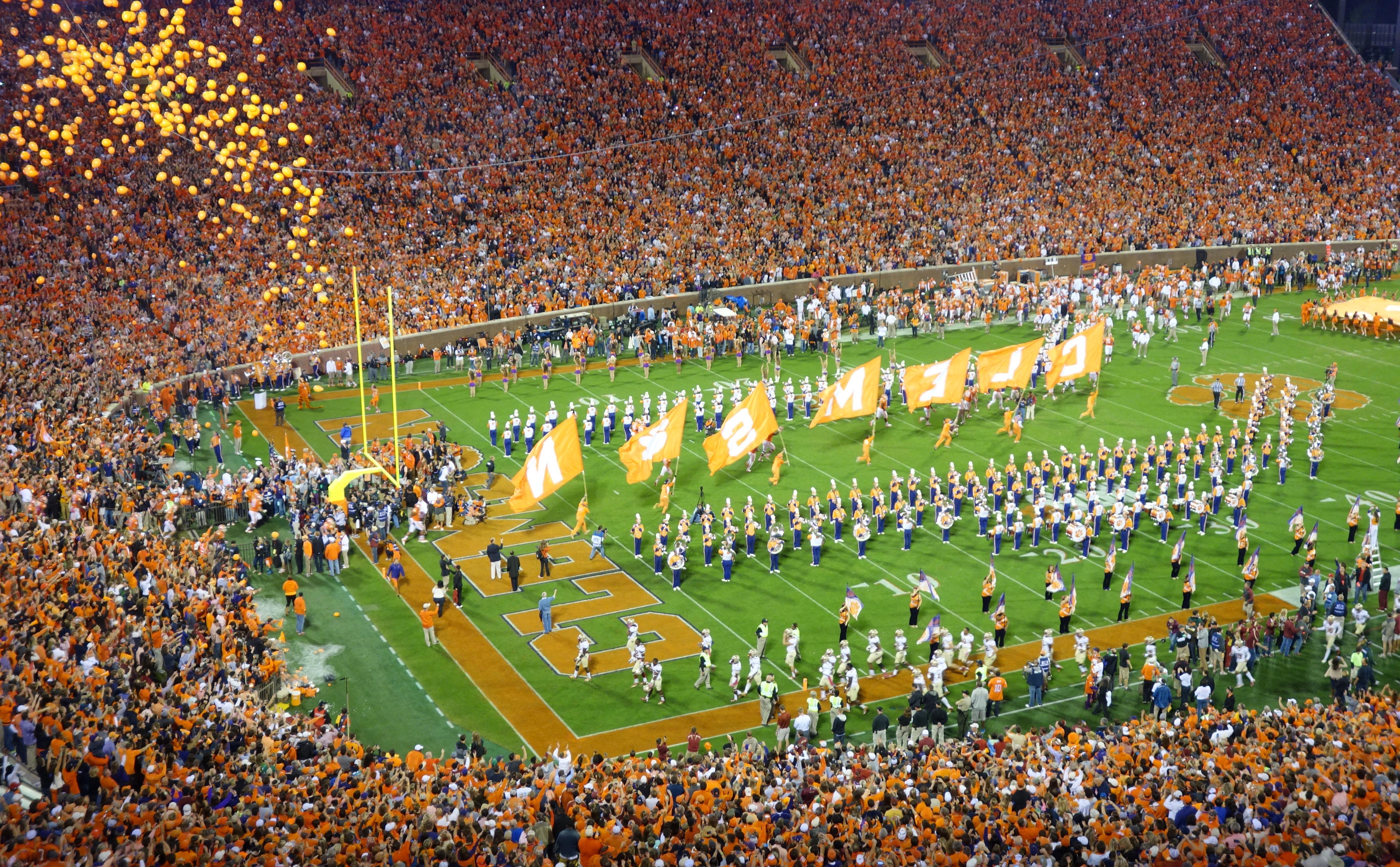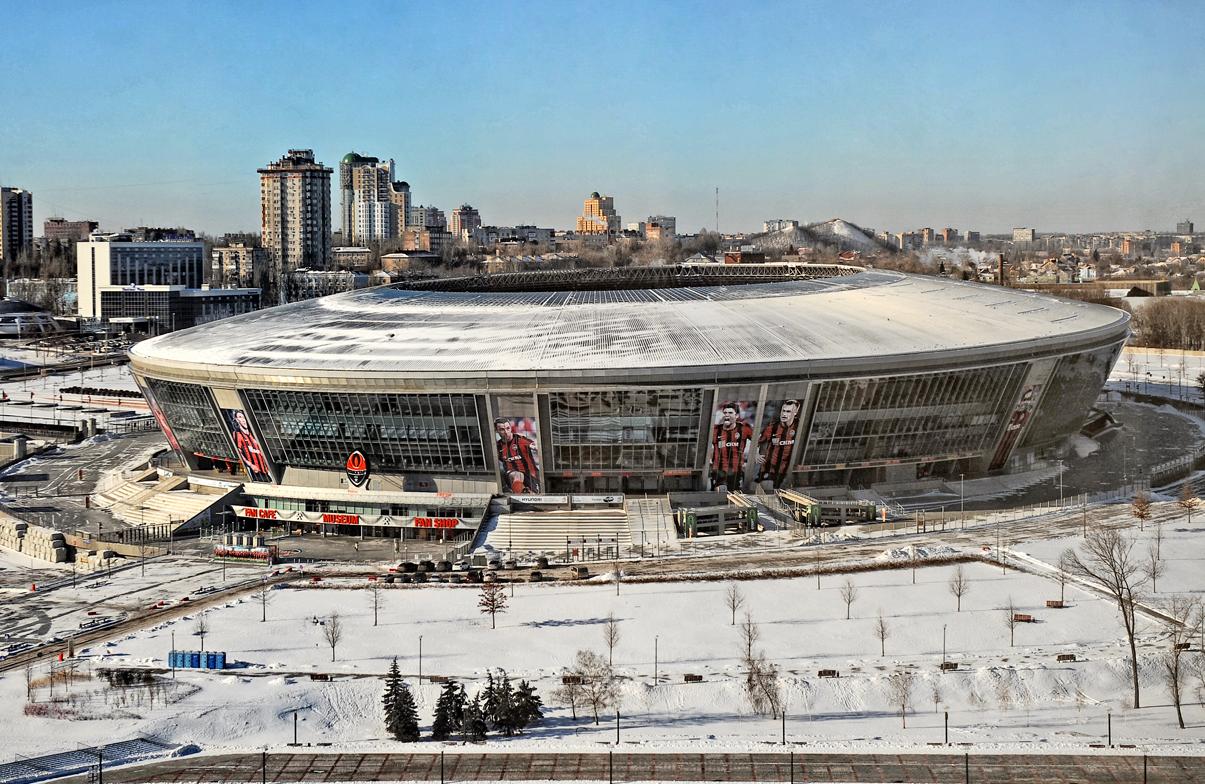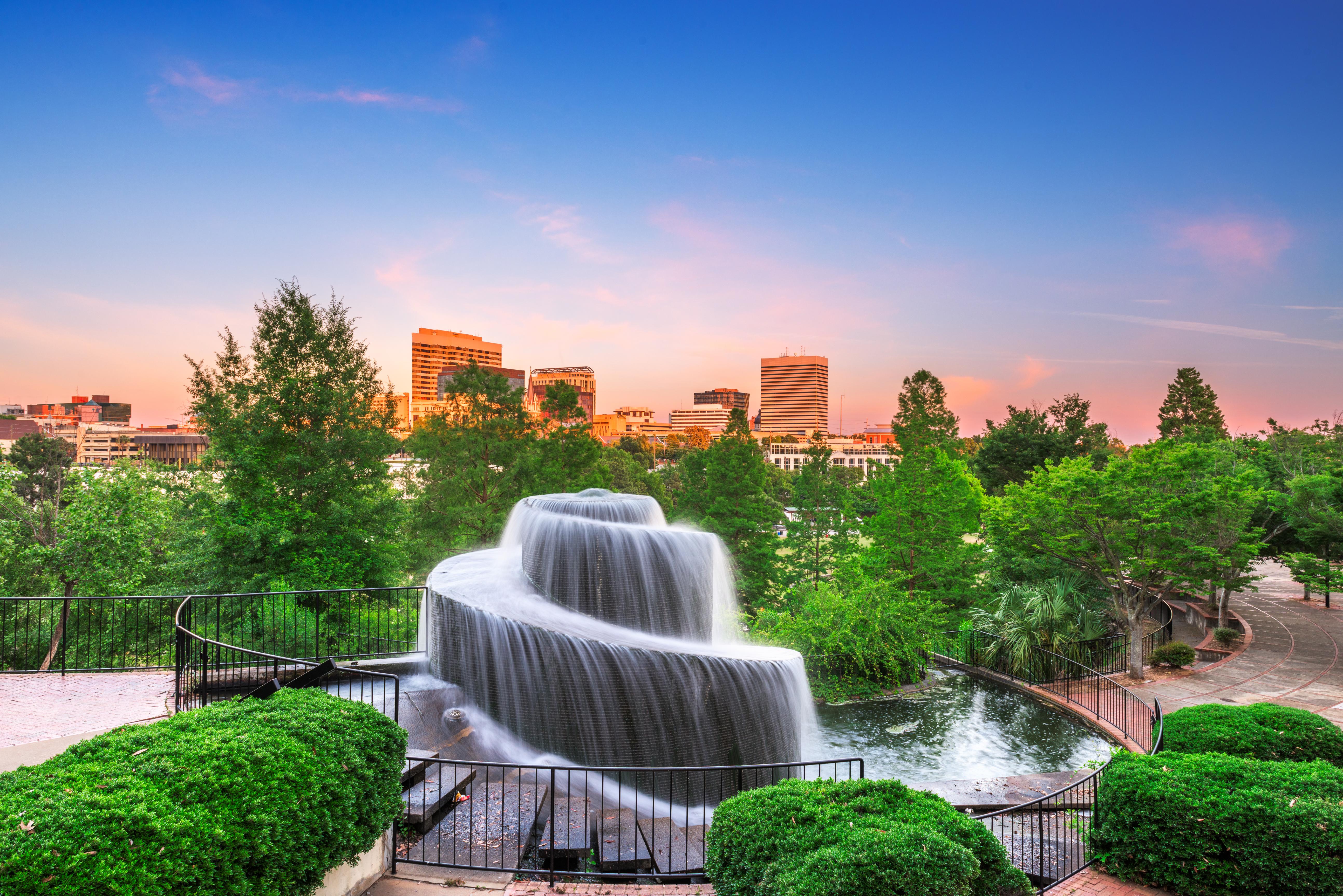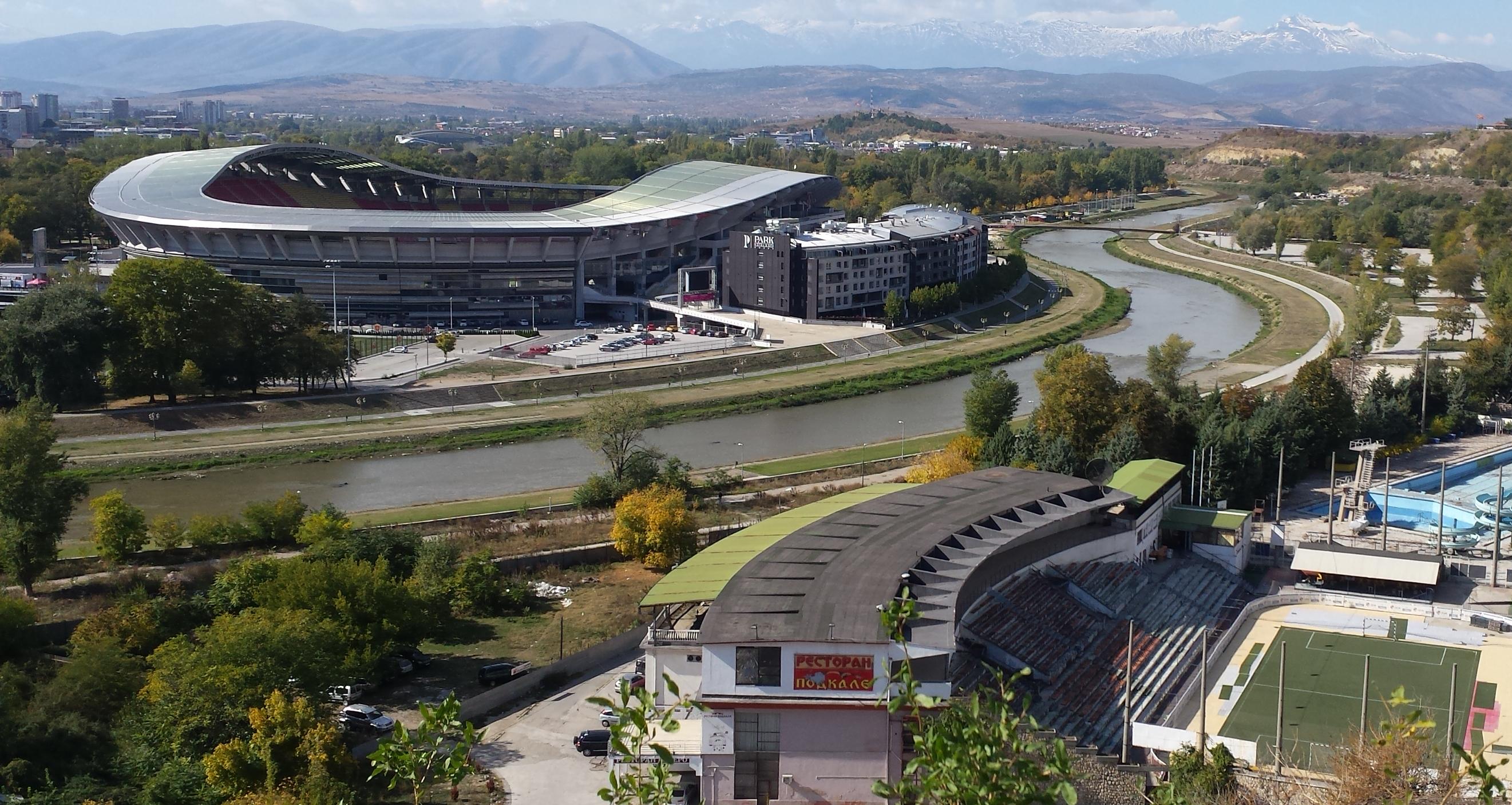30 Stadiums Around The World Where The Crowd Noise Is Deafening
Some stadiums don’t just host games—they erupt. These are the fortresses where sound becomes a weapon, fans become legends, and the noise never lets up. We’ve expanded our list to 30 Stadiums Around the World Where the Crowd Noise Is Deafening—iconic venues where the roar of the fans shakes foundations, breaks decibel records, and turns home-field advantage into something truly terrifying. From the volcanic chants in Buenos Aires to the synchronized madness of Germany’s Yellow Wall and the seismic rumble of Seattle’s 12th Man, these stadiums aren’t just loud—they're alive. Every cheer is a battle cry. Every chant, a wall of pressure. Whether it’s football, soccer, or rugby, the atmosphere in these arenas doesn’t sit on the sidelines—it storms the field. So if you’ve ever wanted to feel the game in your bones, not just see it with your eyes, these are the stadiums that make it happen.
1. Camp Nou: The Heartbeat of Barcelona
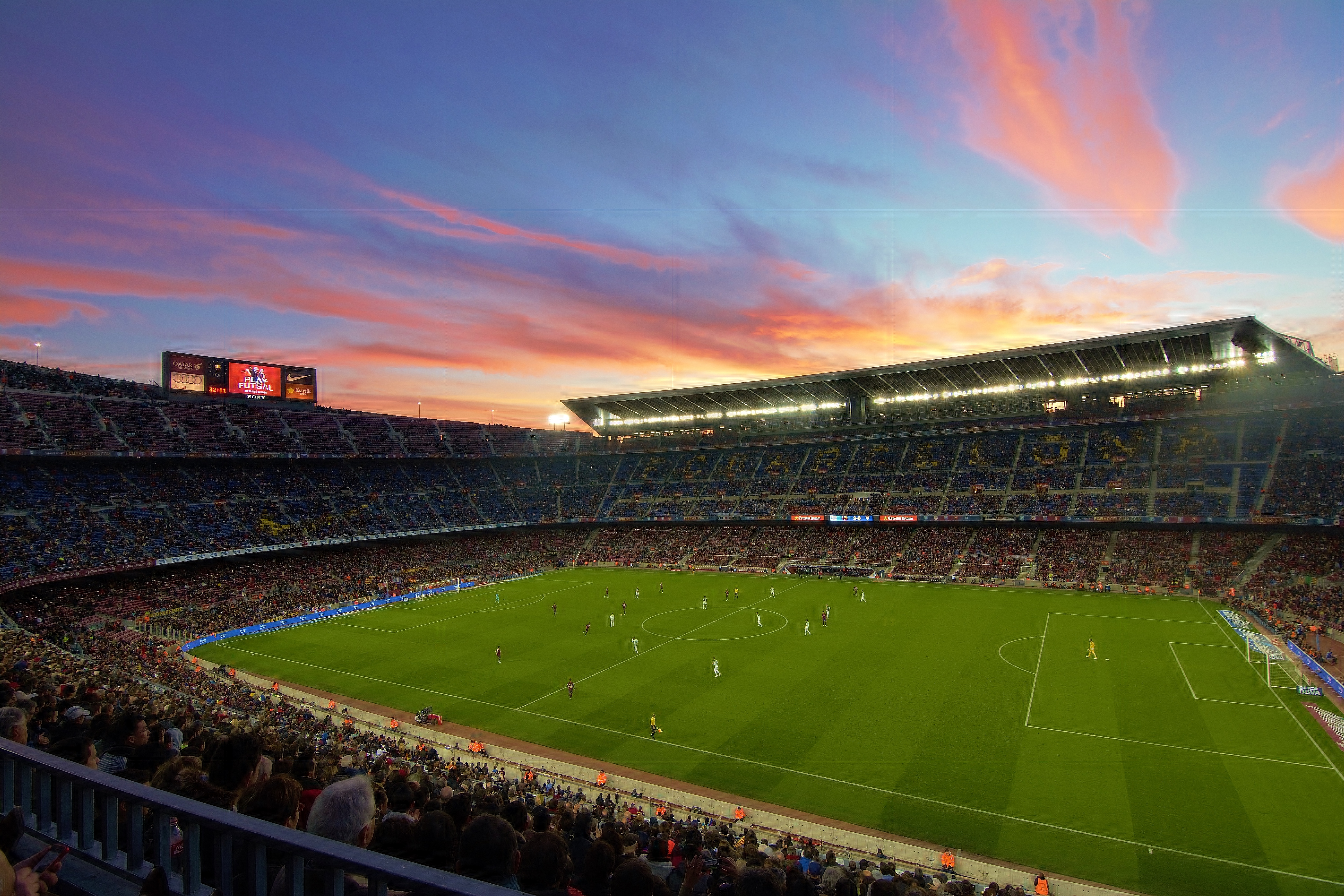
Camp Nou, home to FC Barcelona, is not just a stadium; it’s a symbol of Catalan pride and passion. With a capacity of nearly 100,000, it stands as Europe’s largest stadium, where the chants of “Barça! Barça! Barça!” become a powerful force. The architecture of Camp Nou is designed to amplify the sound, creating an intimidating atmosphere for visiting teams. The stadium has witnessed countless historic moments, from Lionel Messi’s magic to unforgettable El Clásico matches against Real Madrid. Camp Nou is a testament to how a stadium can embody the spirit of a city, echoing its cultural and political significance.
2. Wembley Stadium: England’s Iconic Fortress
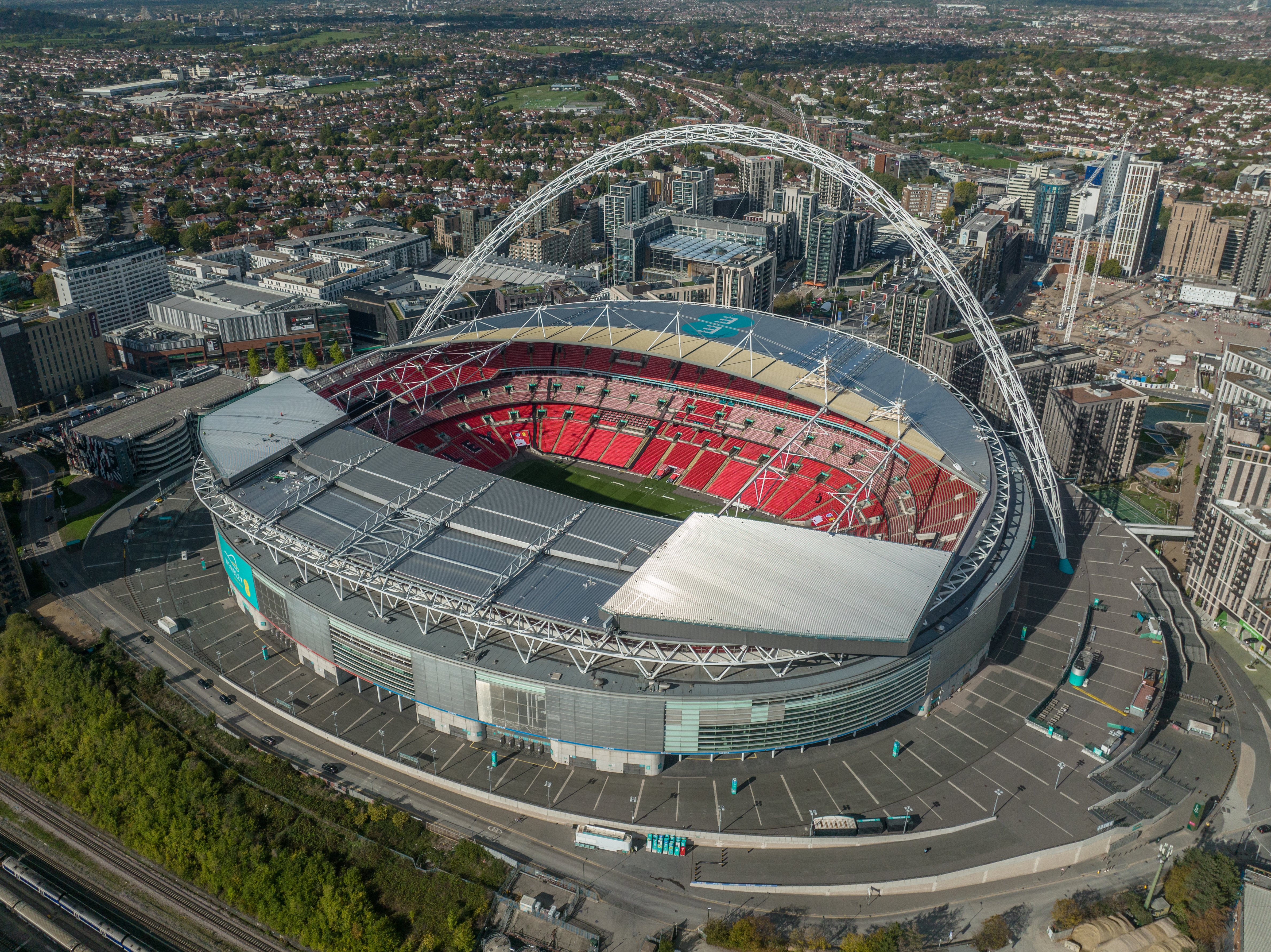
Wembley Stadium, often referred to as the “Home of Football,” is a monumental structure in London that hosts major football events, including the FA Cup Final and England national team matches. With its iconic arch visible from miles around, Wembley is a beacon for football fans. The stadium’s design ensures that the crowd’s roar reverberates, creating a cauldron of noise that inspires players and enthralls spectators. Wembley’s history is rich with legendary performances, from England’s 1966 World Cup victory to epic concerts by music legends. The stadium stands as a symbol of excellence, where dreams are realized on its hallowed turf.
3. Maracanã Stadium: The Soul of Brazilian Football

In Rio de Janeiro, the Maracanã Stadium is a sacred ground for football lovers. Originally built for the 1950 FIFA World Cup, it has undergone several renovations to maintain its status as a world-class venue. The Maracanã is renowned for its passionate Brazilian fans, whose rhythmic chants and samba beats create an unparalleled atmosphere. The stadium has hosted two World Cup finals and numerous memorable matches, including Pelé’s thousandth goal. The Maracanã is more than just a sporting venue; it’s a cultural icon that embodies the joy and fervor of Brazilian football, where the crowd’s energy is as vibrant as the city itself.
4. Allianz Arena: Munich’s Modern Marvel
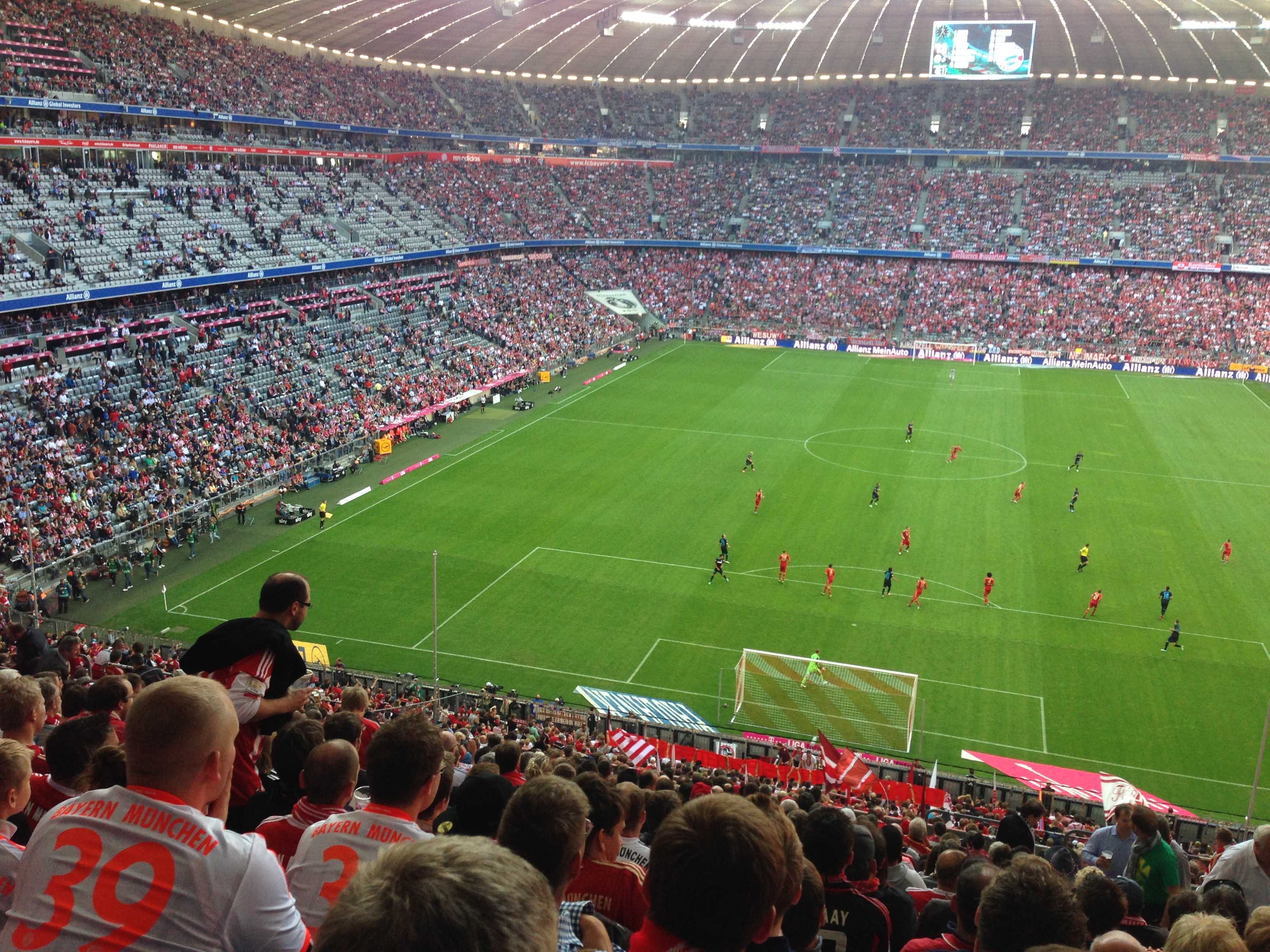
The Allianz Arena in Munich is a masterpiece of modern architecture, known for its unique exterior that changes colors to reflect the team playing inside. Home to Bayern Munich, the stadium’s design focuses on enhancing the spectator experience, with acoustics that ensure every cheer is magnified. The Allianz Arena has become a fortress for Bayern, where the passionate Bavarian fans create an intimidating atmosphere for opponents. Beyond football, the stadium is a symbol of Munich’s innovation and commitment to sustainability, with features like solar panels and a rainwater collection system. The Allianz Arena is where tradition meets technology, creating a futuristic yet passionate environment.
5. Estadio Azteca: Mexico’s Historic Colosseum
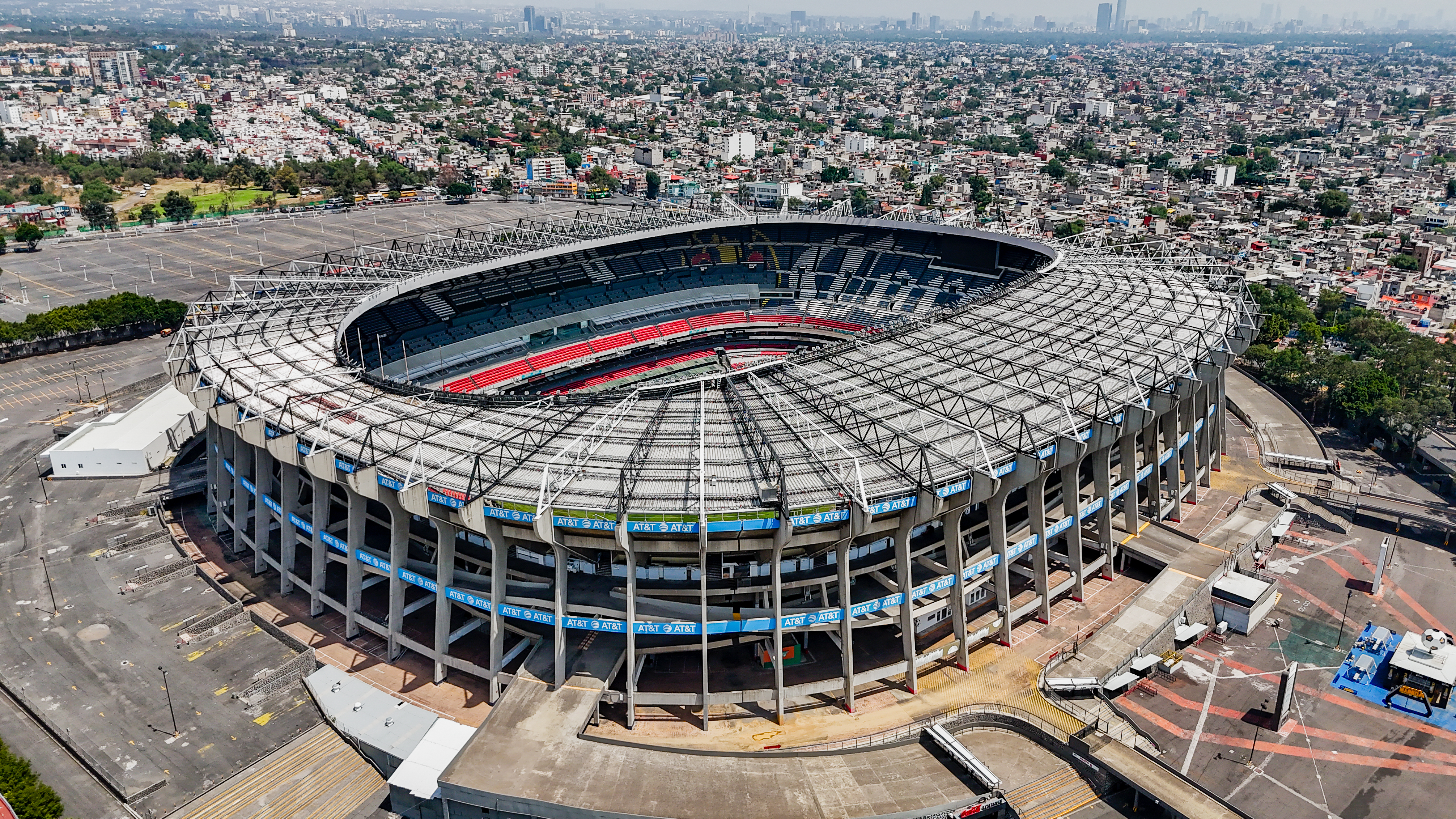
Estadio Azteca in Mexico City is a monumental stadium that has hosted two FIFA World Cup finals and countless memorable matches. Known for its immense capacity and altitude, the stadium creates a unique atmosphere where the crowd’s roar seems to echo endlessly. The Azteca is famous for hosting the “Game of the Century” between Italy and Germany in 1970 and Diego Maradona’s “Hand of God” goal in 1986. The stadium is a testament to Mexico’s rich football heritage, where every match is a celebration of the sport’s ability to unite people across cultures and generations.
6. Old Trafford: The Theatre of Dreams
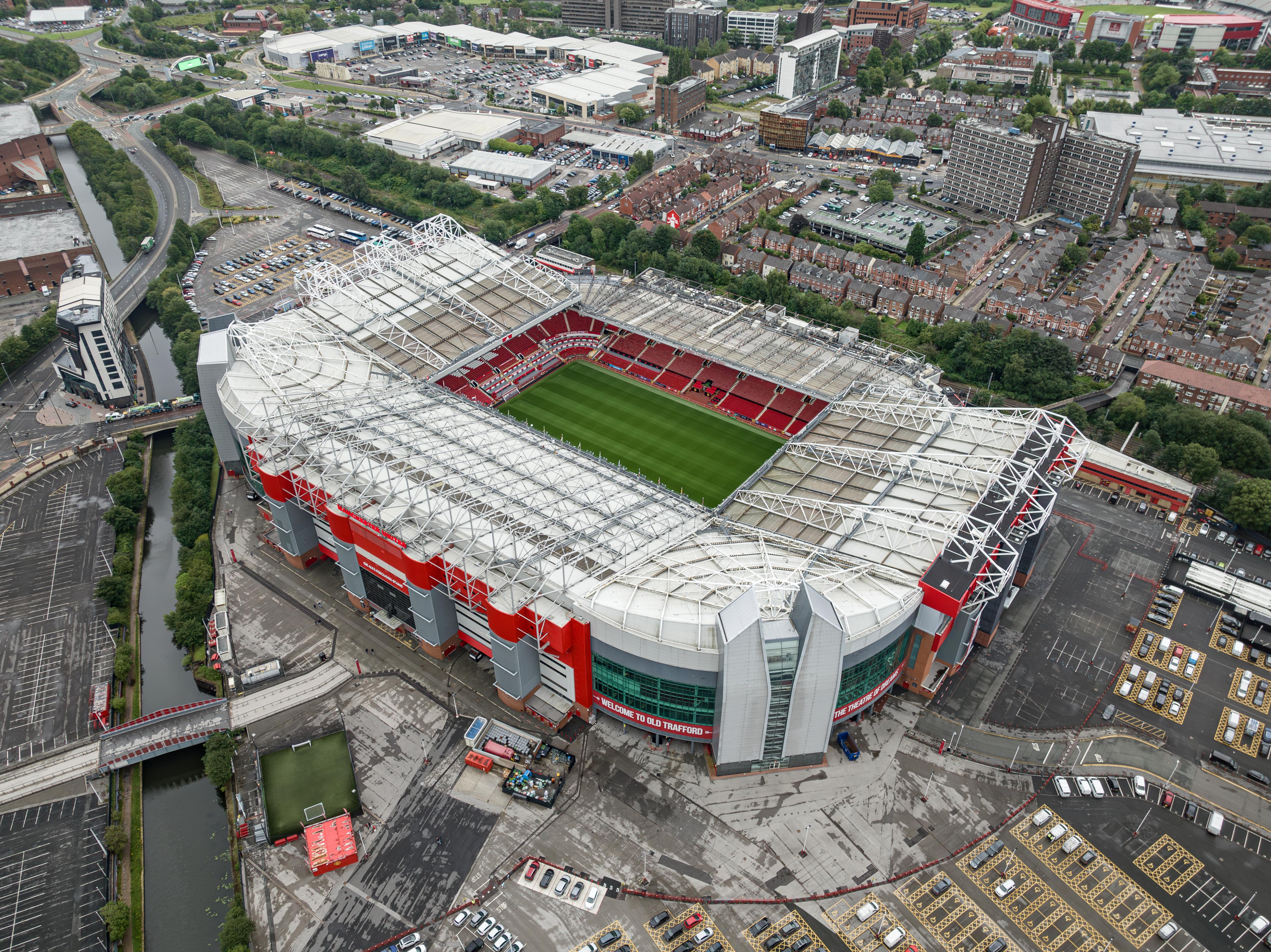
Old Trafford, home to Manchester United, is often referred to as the “Theatre of Dreams.” This iconic stadium has been the stage for some of football’s most dramatic moments. The passionate Red Devils fans create an electric atmosphere, with their chants and songs echoing throughout the stadium. Old Trafford’s historic significance is matched by its modern facilities, ensuring a world-class experience for fans and players alike. The stadium embodies the spirit of Manchester United, a club with a rich history of triumph and resilience, where the roar of the crowd has inspired countless victories and unforgettable moments.
7. Santiago Bernabéu: Madrid’s Majestic Arena

The Santiago Bernabéu Stadium in Madrid is synonymous with Real Madrid’s illustrious history. This iconic venue has witnessed the club’s greatest triumphs, from European Cup victories to legendary performances by football greats. The Bernabéu’s design ensures that the crowd’s noise is focused on the pitch, creating a formidable atmosphere for visiting teams. The stadium is currently undergoing renovations to enhance its facilities while preserving its historic charm. The Santiago Bernabéu is more than just a stadium; it’s a symbol of Real Madrid’s global prestige and ambition, where the roar of the crowd drives the team to achieve greatness.
8. Anfield: The Fortress of Liverpool
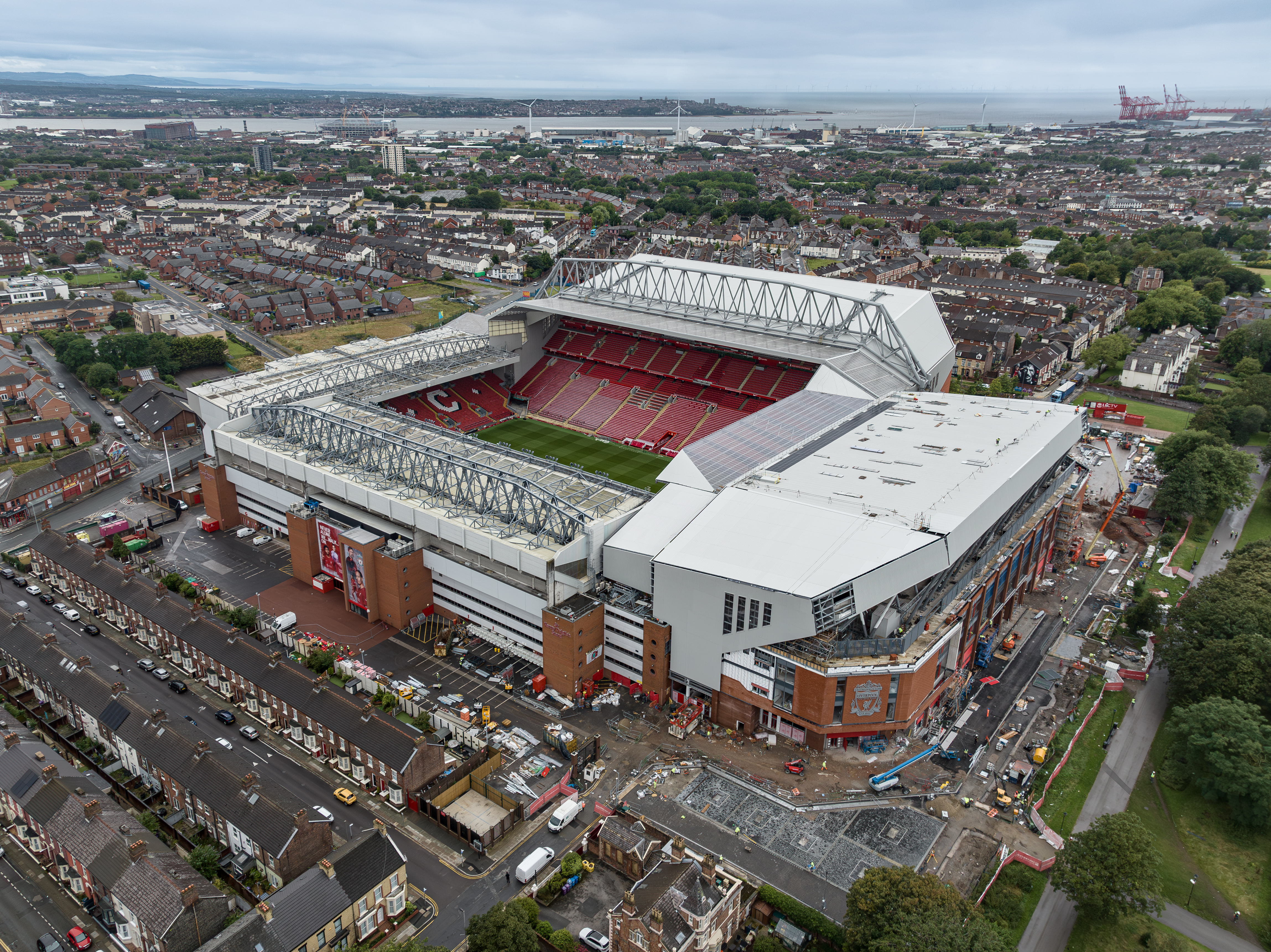
Anfield, home to Liverpool FC, is renowned for its passionate fanbase and the spine-tingling rendition of “You’ll Never Walk Alone.” The stadium’s intimate design brings fans close to the action, amplifying their support and creating an intimidating atmosphere for opponents. Anfield has been the site of many historic matches, where the crowd’s energy has spurred Liverpool to remarkable comebacks and victories. The stadium embodies the spirit of Liverpool, a city with a rich musical and cultural heritage, where football is more than just a game; it’s a way of life. Anfield’s roar is a testament to the power of unity and belief.
9. San Siro: Milan’s Dual Cathedral

The San Siro Stadium in Milan is unique for being the shared home of two rival clubs, AC Milan and Inter Milan. This duality adds to the stadium’s vibrant atmosphere, where the roar of the crowd is intensified by the passionate support of both sets of fans. The San Siro’s distinctive architecture and capacity make it one of Europe’s most iconic stadiums. It has hosted numerous epic derbies and international matches, becoming a symbol of Milan’s rich football tradition. The San Siro is a testament to the city’s love for the beautiful game, where the crowd’s energy is as intense as the on-field action.
10. Signal Iduna Park: Dortmund’s Yellow Wall
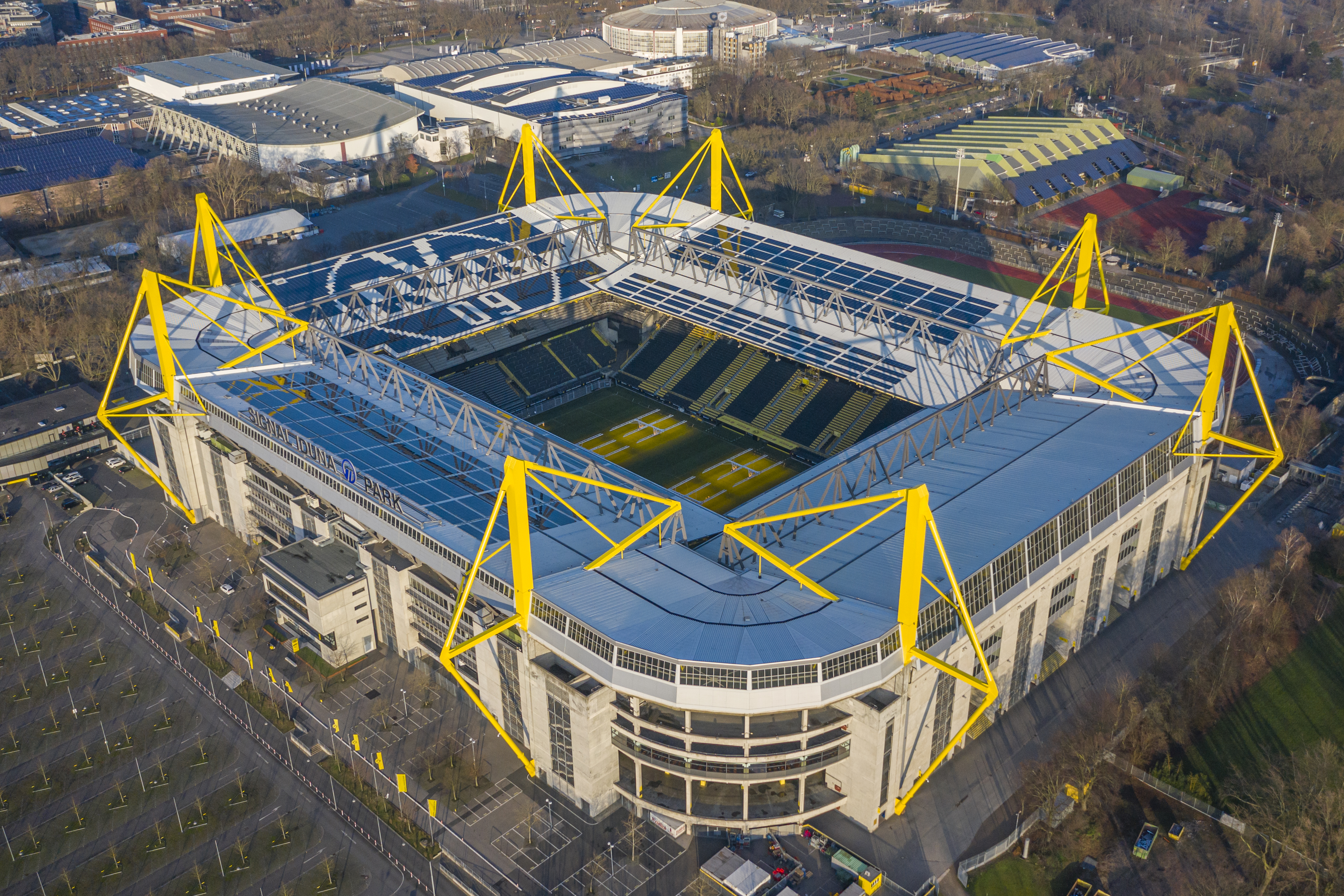
Signal Iduna Park, home to Borussia Dortmund, is famous for its “Yellow Wall,” the largest terrace for standing spectators in European football. The stadium’s design ensures that the fans’ chants and songs create a deafening atmosphere, intimidating for any visiting team. The passionate Dortmund supporters are known for their unwavering loyalty, turning every match into a spectacle of color and sound. Signal Iduna Park is a fortress for Borussia Dortmund, where the crowd’s energy becomes a vital part of the team’s success. The stadium embodies the spirit of German football, where fans play an integral role in the game’s drama and excitement.
11. Stade de France: Paris’s Grand Stage

Stade de France, located in Saint-Denis, Paris, is a versatile stadium that hosts both football and rugby matches, as well as concerts and cultural events. Built for the 1998 FIFA World Cup, it has become a symbol of French sporting excellence. The stadium’s design allows for an incredible acoustic experience, where the crowd’s cheers resonate throughout the venue. Stade de France has witnessed historic moments, such as France’s World Cup victory in 1998, and continues to be a stage for major international events. The stadium reflects France’s cultural diversity and passion for sports, where the roar of the crowd unites people in celebration.
12. Estadio Monumental: Buenos Aires’s Football Temple
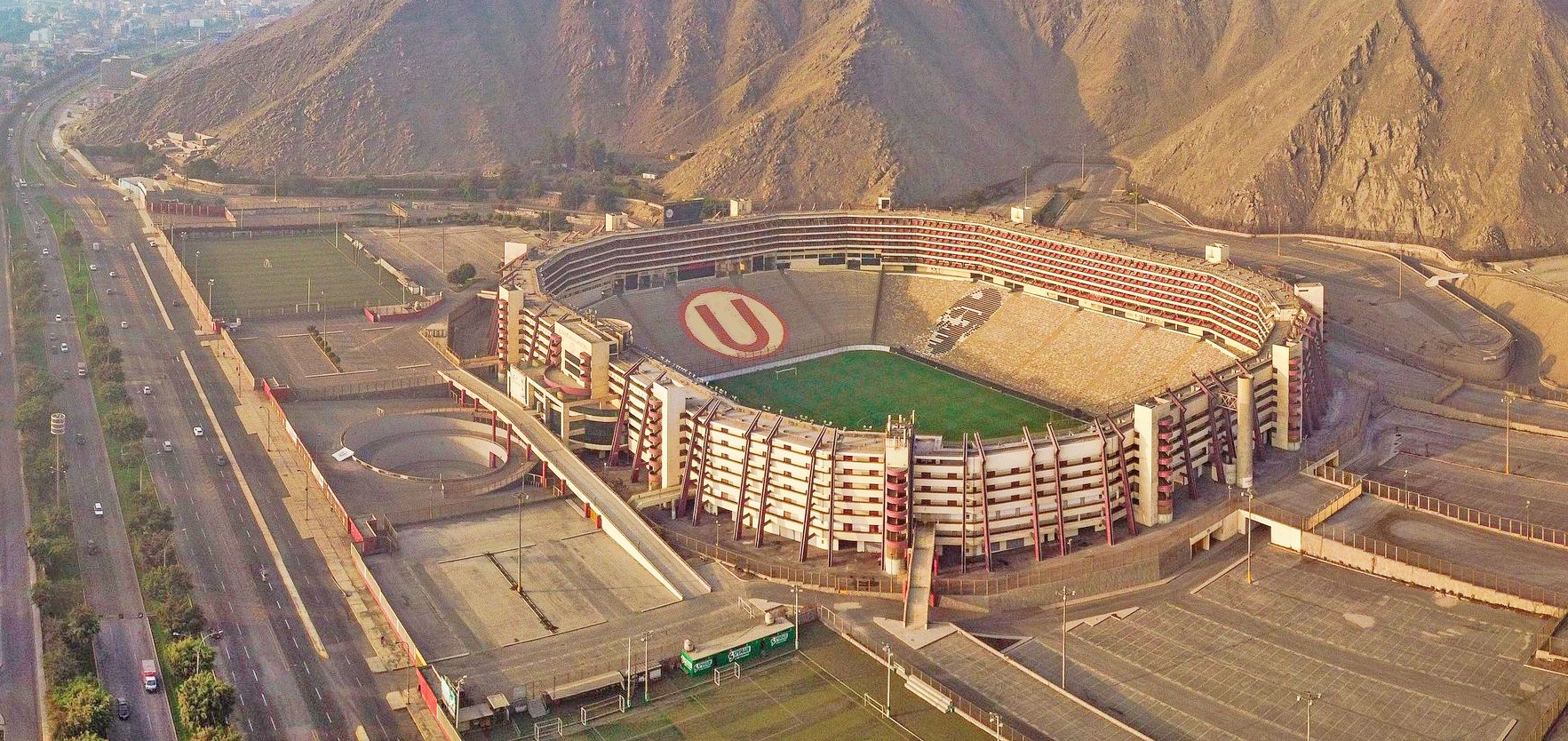
Estadio Monumental in Buenos Aires is the largest stadium in Argentina and the home of River Plate. Known for its passionate fanbase, the stadium is a cauldron of noise during matches, with supporters creating an electric atmosphere. The Monumental has hosted numerous Copa Libertadores finals and international fixtures, including the 1978 FIFA World Cup final. The stadium is a symbol of Argentine football’s rich history and tradition, where the crowd’s fervor is matched by the players’ passion on the pitch. Estadio Monumental is a testament to the power of football to bring people together, transcending barriers and uniting a nation.
13. FNB Stadium: Johannesburg’s Iconic Venue
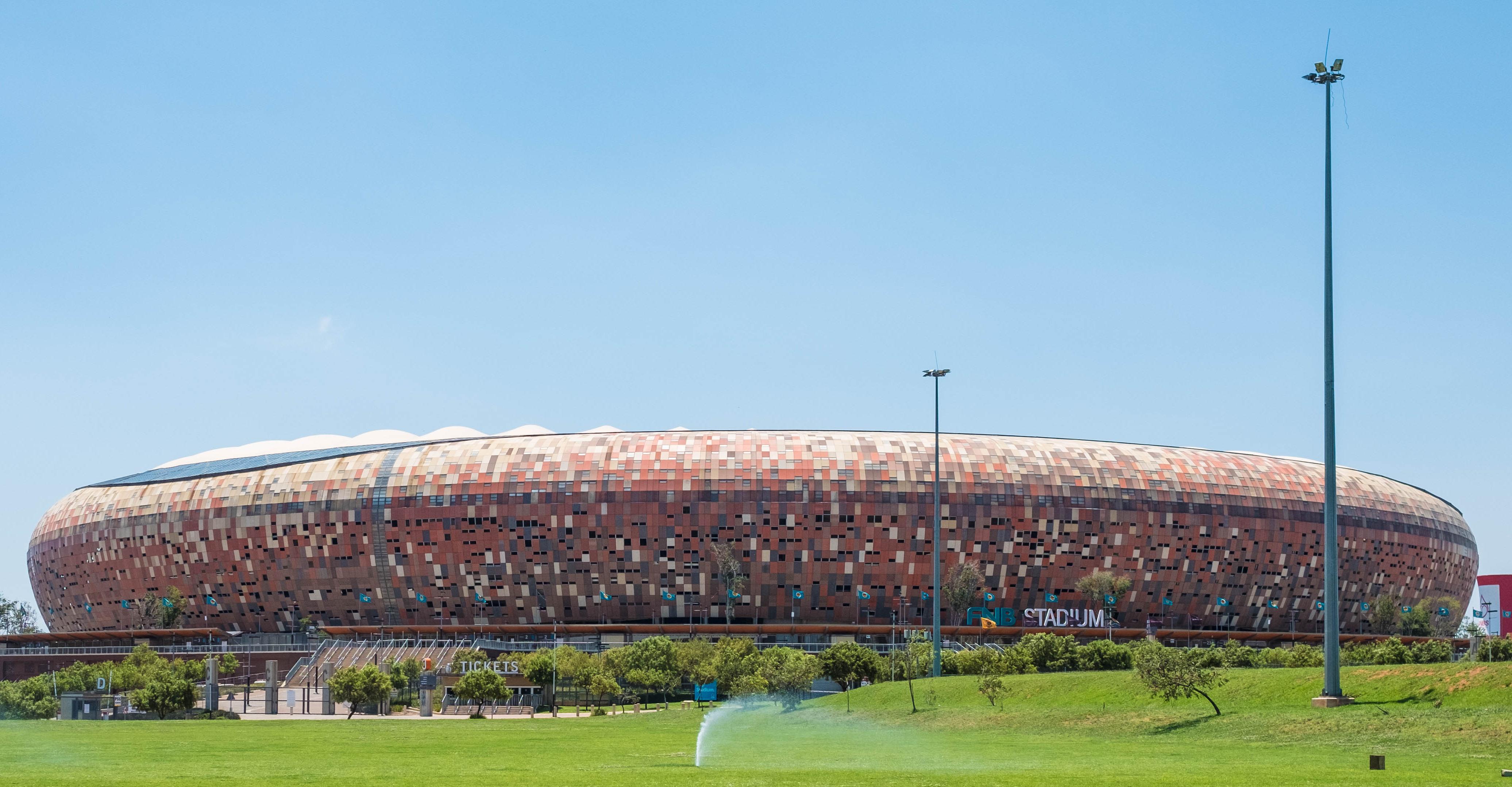
FNB Stadium, also known as Soccer City, is a landmark in Johannesburg, South Africa. Built for the 2010 FIFA World Cup, it is the largest stadium in Africa and a symbol of the continent’s passion for football. The stadium’s design is inspired by African culture, with a calabash-shaped exterior that reflects the region’s heritage. FNB Stadium has hosted historic events, including the 2010 World Cup final and Nelson Mandela’s memorial service. The crowd’s roar at FNB Stadium is a powerful expression of South Africa’s unity and diversity, where sports serve as a bridge between different communities and cultures.
14. Luzhniki Stadium: Moscow’s Historic Venue
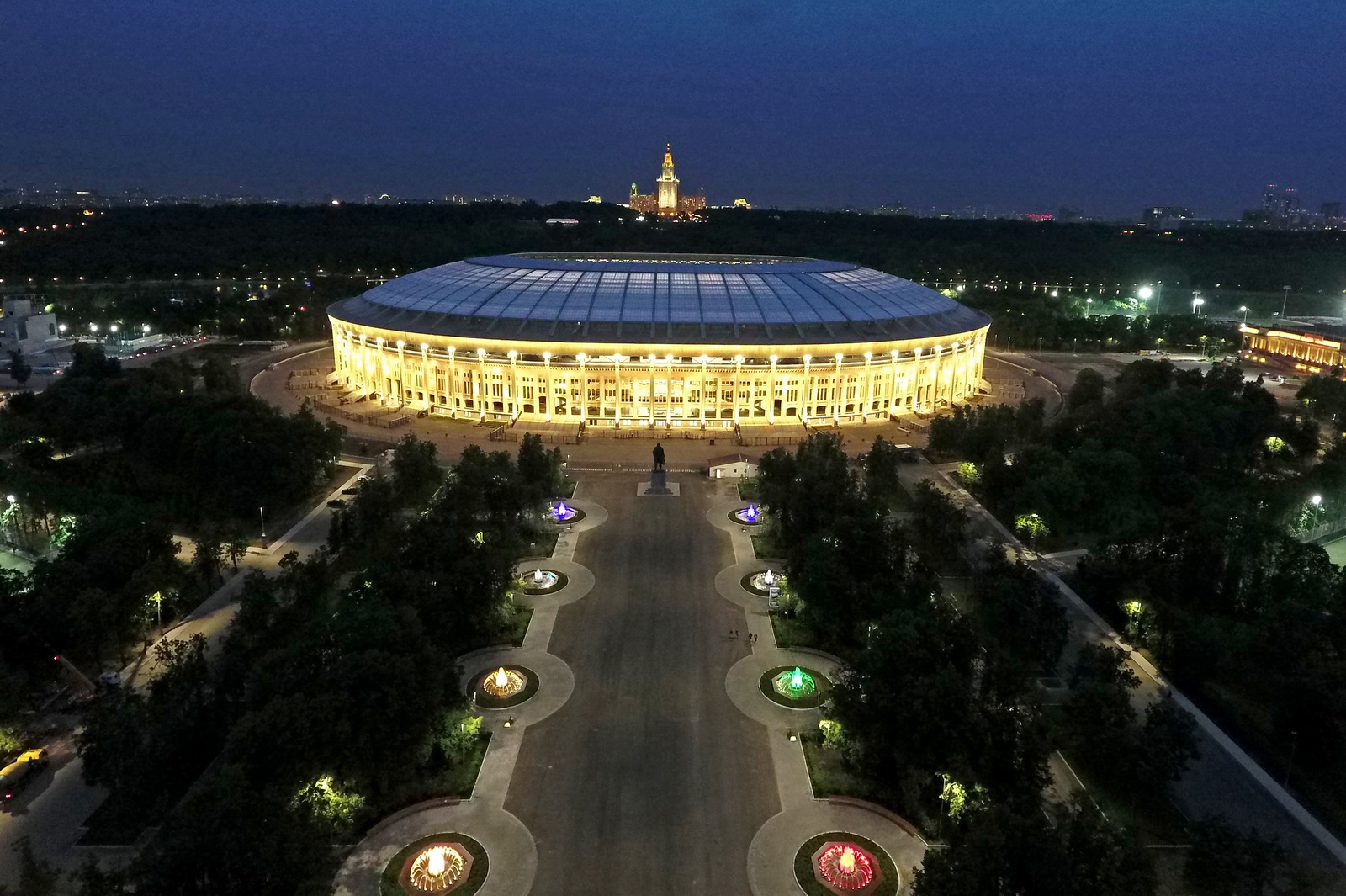
Luzhniki Stadium in Moscow is a historic venue that has hosted numerous international sporting events, including the 1980 Summer Olympics and the 2018 FIFA World Cup final. The stadium’s design ensures that the crowd’s cheers are amplified, creating an intense atmosphere for players and fans alike. Luzhniki is a symbol of Russia’s sporting prowess and ambition, with a rich history of memorable matches and events. The stadium reflects Moscow’s status as a global city, where sports and culture intersect to create unforgettable experiences. Luzhniki’s roar is a testament to the power of sports to inspire and unite people across the world.
15. MetLife Stadium: America’s Modern Coliseum

MetLife Stadium, located in East Rutherford, New Jersey, is a state-of-the-art venue that hosts both NFL and international soccer matches. Home to the New York Giants and New York Jets, the stadium is known for its modern facilities and impressive capacity. MetLife Stadium’s design focuses on enhancing the fan experience, with acoustics that ensure the crowd’s energy is palpable. The stadium has hosted major events, including the Super Bowl and international soccer tournaments, becoming a symbol of American sports culture. MetLife Stadium is where the roar of the crowd becomes a powerful force, driving teams to perform at their best.
16. Celtic Park – Glasgow’s Thunderous Fortress
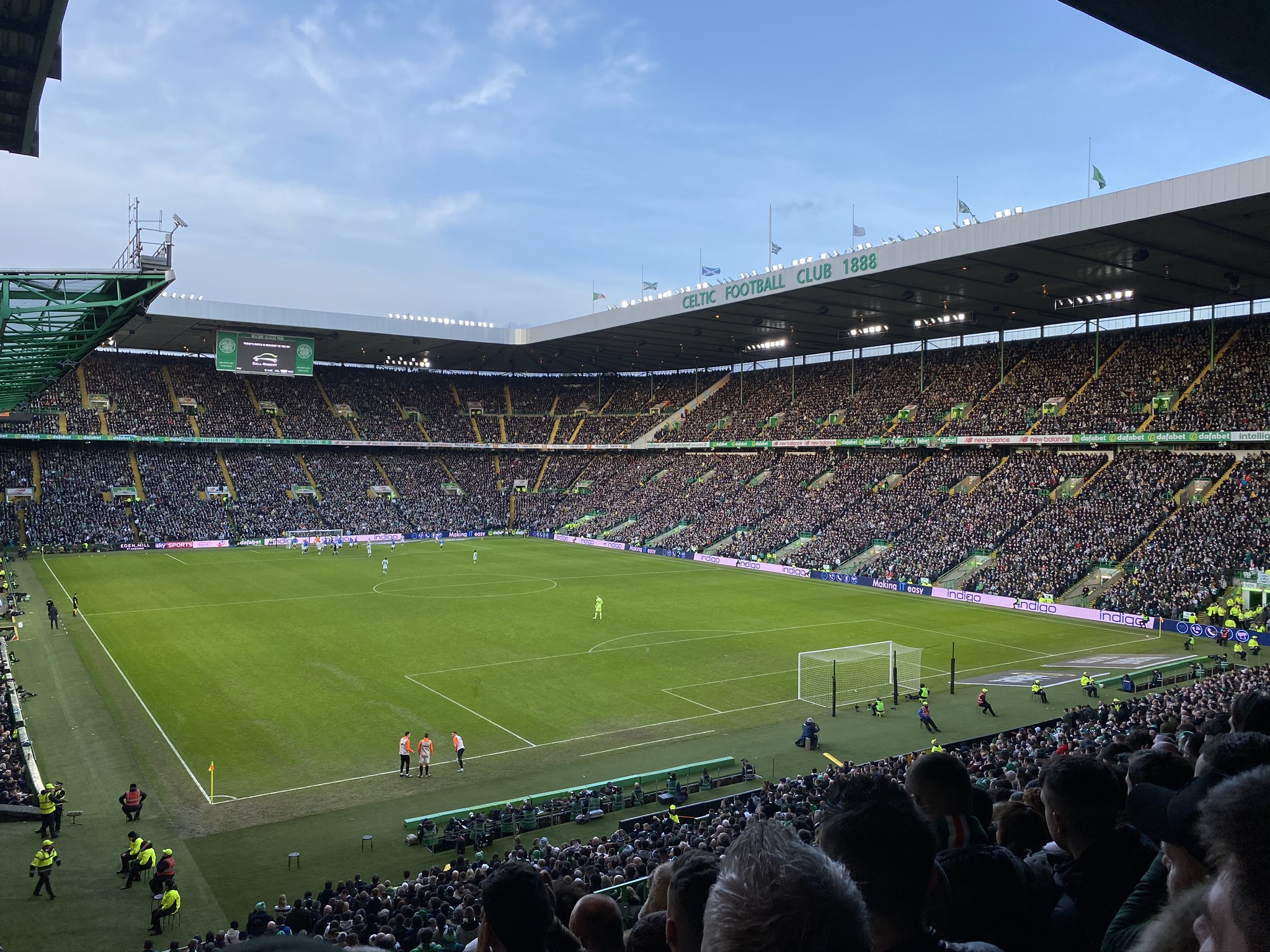
Glasgow’s Celtic Park, home to Celtic FC, is renowned for having one of the most electrifying atmospheres in European football. With a capacity of over 60,000, the noise level during matches—especially the Old Firm Derby against Rangers—can be utterly overwhelming. The sheer passion of Celtic’s Green Brigade supporters ensures a non-stop wall of sound, making it one of the toughest places for visiting teams to play. Legendary players and managers alike have described the pre-match anthem, "You’ll Never Walk Alone," as a spine-tingling experience that rivals any stadium in the world.
17. Arrowhead Stadium – Kansas City’s Deafening Roar
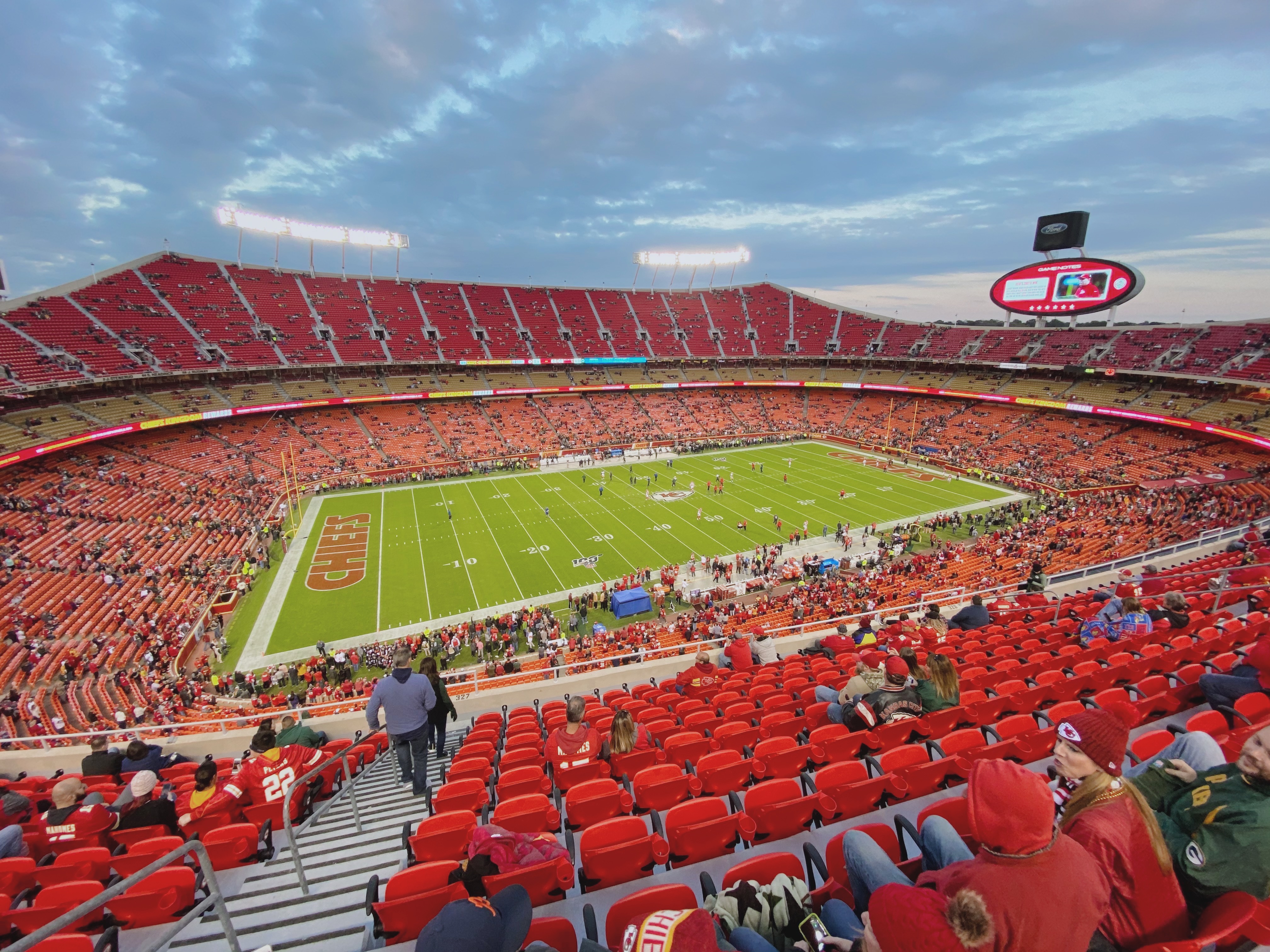
Holding the Guinness World Record for the loudest stadium (142.2 decibels), Arrowhead Stadium, home to the Kansas City Chiefs, is quite literally one of the loudest places on Earth. Chiefs fans take pride in making Arrowhead a nightmare for opposing quarterbacks, forcing miscommunications and causing penalties due to the sheer volume of noise. The stadium’s unique design traps sound, amplifying the energy of the Sea of Red, ensuring that the roar of the crowd is not just heard but felt throughout the stadium.
18. Türk Telekom Stadium – Istanbul’s Cauldron of Chaos
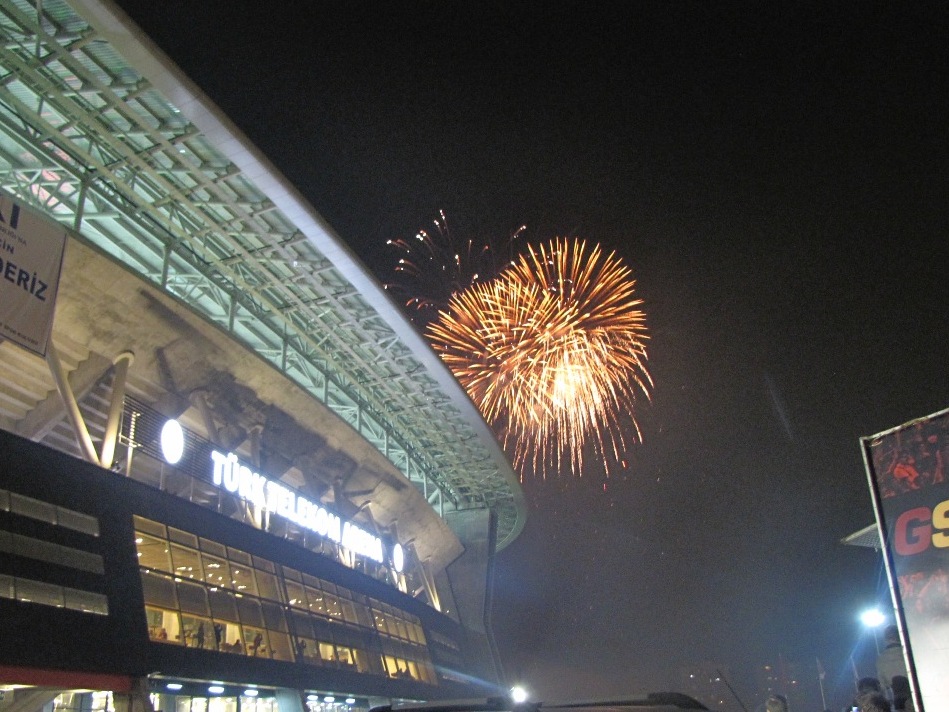
If there’s one word to describe the atmosphere at Türk Telekom Stadium, home of Galatasaray, it’s intimidating. Galatasaray fans are famous for creating an atmosphere so loud and aggressive that it unsettles even the most experienced players. The phrase "Welcome to Hell" is often associated with this stadium, as opposing teams are met with a deafening wall of noise, flares, and non-stop chanting. With decibel levels reaching 131.76, it’s one of the loudest stadiums in the world and one of the most feared.
19. Autzen Stadium – College Football’s Loudest Secret
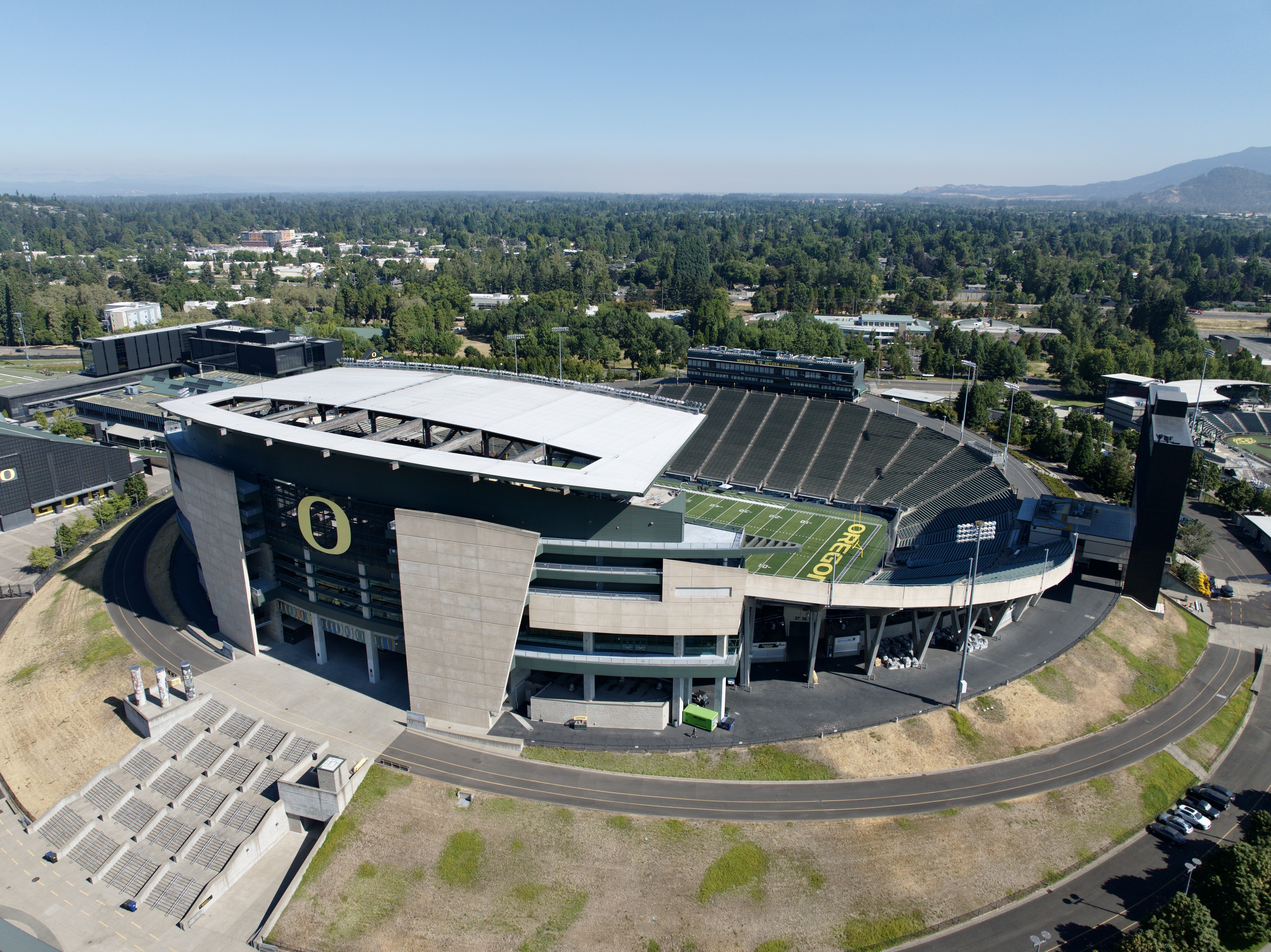
While it may not be the largest stadium in college football, Autzen Stadium, home of the Oregon Ducks, is one of the loudest. With a capacity of just over 54,000, the stadium's design directs noise straight onto the field, creating an atmosphere that rivals stadiums twice its size. Opposing teams have frequently commented on the difficulty of playing in Autzen’s intimidating environment, where the volume makes it nearly impossible to hear play calls. It’s a prime example of how a smaller, passionate fanbase can generate noise levels that compete with the very best.
20. Gillette Stadium – New England’s Frozen Fortress
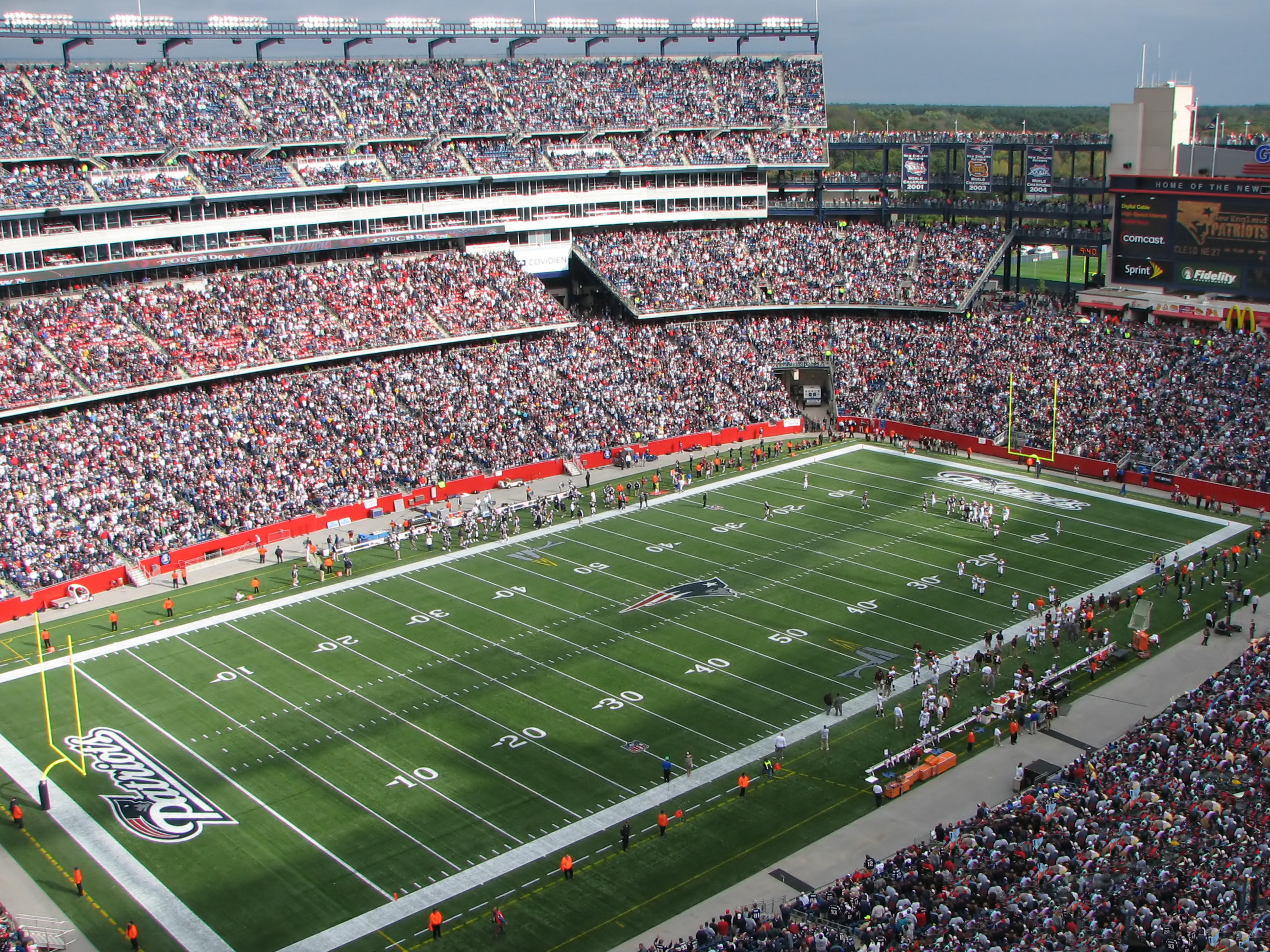
Gillette Stadium, home of the New England Patriots, is known for its intense, relentless fanbase—especially when winter arrives, and the freezing temperatures don’t stop Patriots fans from unleashing their signature roar. With a history of legendary moments and dominance under Tom Brady and Bill Belichick, the stadium has become a place where opposing teams struggle to find their rhythm due to the deafening noise and New England’s unyielding support.
21. Krestovsky Stadium – The Roar of Russia
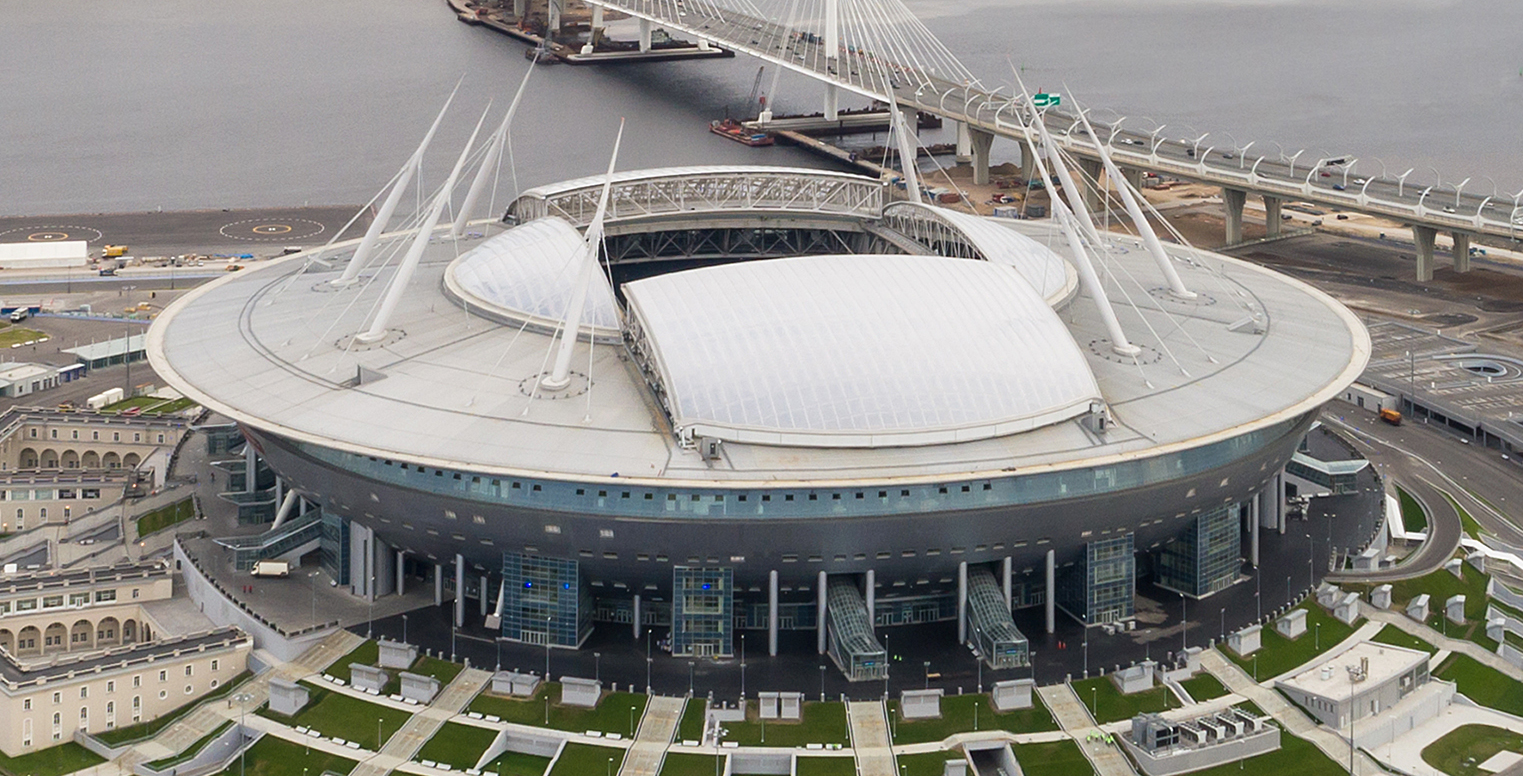
Krestovsky Stadium, also known as the Gazprom Arena, is home to Zenit St. Petersburg and has emerged as one of the most atmospheric stadiums in Europe. The venue, which hosted matches during the 2018 FIFA World Cup, is known for its booming acoustics and the relentless noise generated by Zenit’s passionate supporters. The stadium’s modern design enhances the sound, ensuring that every chant, every cheer, and every roar echoes through the arena.
22. Boca Juniors’ La Bombonera – The Stadium That Shakes

There is no stadium in the world quite like La Bombonera, home to Boca Juniors in Buenos Aires. The unique shape of the stadium—where one stand is nearly vertical—creates an unmatched acoustic effect, causing the ground to literally tremble when Boca fans jump and sing in unison. It’s often said that La Bombonera "doesn’t tremble, it beats like a heart," and visiting players frequently describe it as one of the most intimidating places they’ve ever played. The Superclásico against River Plate takes this stadium to a whole new level, with deafening noise levels and relentless passion.
23. Stade Vélodrome – Marseille’s Relentless Roar
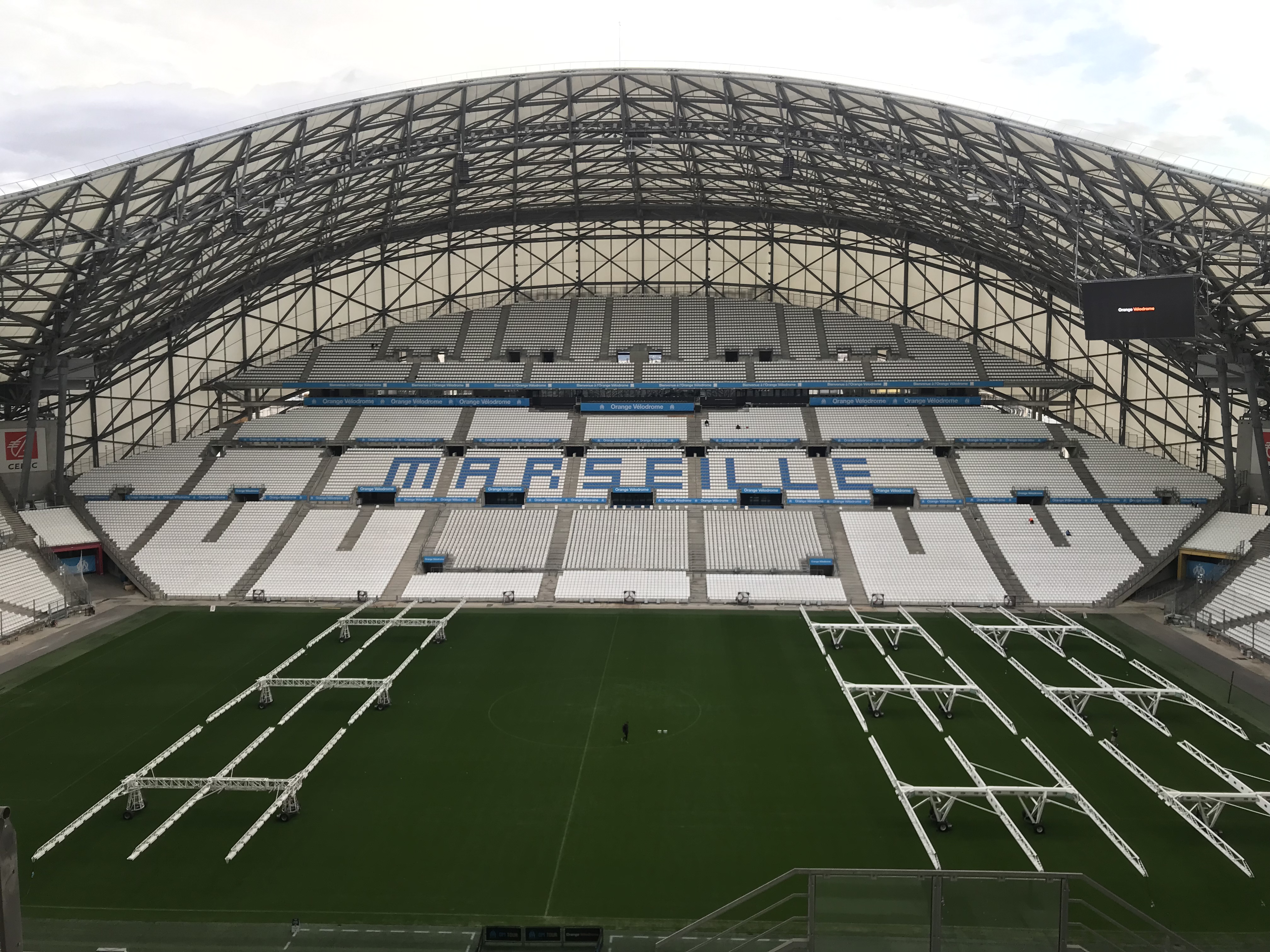
Stade Vélodrome, home to Olympique de Marseille, is one of the most atmospheric stadiums in European football. Marseille’s ultras—particularly the South Winners and Commando Ultra—create a relentless wall of noise, making the Vélodrome a nightmare for visiting teams. The curved roof of the stadium traps and amplifies the sound, ensuring that the passionate chants of the OM faithful echo through the night. This is one of the few stadiums where the crowd truly feels like a 12th man on the pitch.
24. Ben Hill Griffin Stadium – “The Swamp”
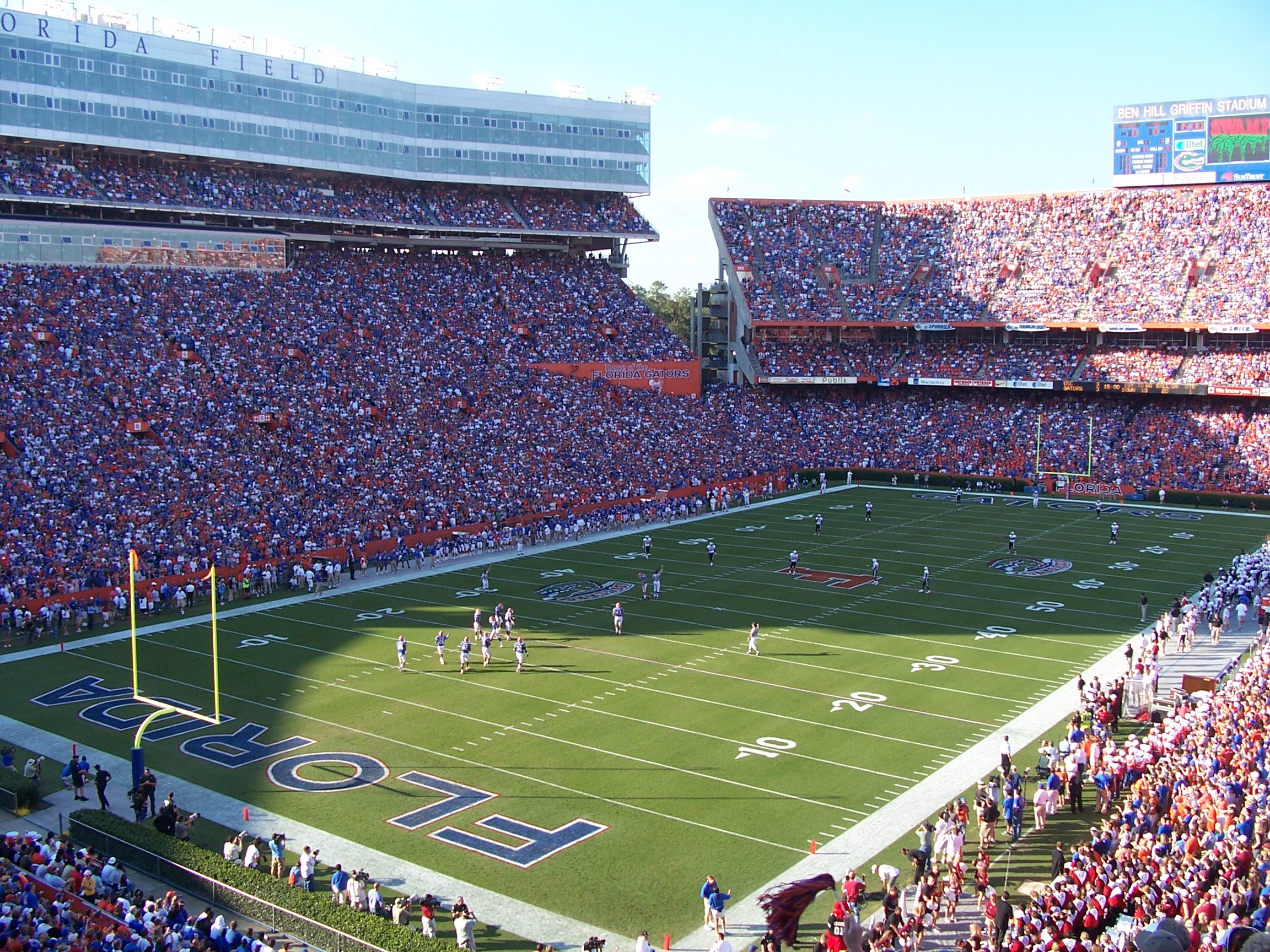
Few places in college football create as intimidating an atmosphere as Ben Hill Griffin Stadium, also known as The Swamp, home to the Florida Gators. The combination of brutal heat, humidity, and a crowd that refuses to sit down makes playing in The Swamp one of the hardest challenges in college football. When the Gators are on defense, the entire stadium erupts, creating an oppressive wall of noise that makes communication nearly impossible for opposing offenses.
25. Mercedes-Benz Superdome – New Orleans’ Party of Noise

Few stadiums in American sports match the sheer volume of noise generated inside the Mercedes-Benz Superdome, home of the New Orleans Saints. During games, especially in the playoffs, the Superdome transforms into an explosive fortress of sound, with the Who Dat Nation making life miserable for opposing teams. The Saints’ home-field advantage is legendary, as the enclosed stadium amplifies the noise to insane levels, causing seismic disruptions that can literally shake the ground.
26. Estadio Rajko Mitić – Belgrade’s Boiling Point

Known as the “Marakana” of Serbia, Estadio Rajko Mitić in Belgrade is home to Red Star Belgrade—and one of the most intimidating atmospheres in European football. When Red Star faces its archrivals, Partizan Belgrade, the noise is nothing short of volcanic. Fireworks, chants, and choreographed tifos engulf the stadium in a war-zone-like intensity. The Delije, Red Star’s ultras, are relentless in their support, turning every match into an emotional siege. With sound bouncing off its steep stands, this stadium is where psychological warfare begins before kickoff—and many seasoned players have buckled under the pressure.
27. Lumen Field – Seattle’s Seismic Weapon
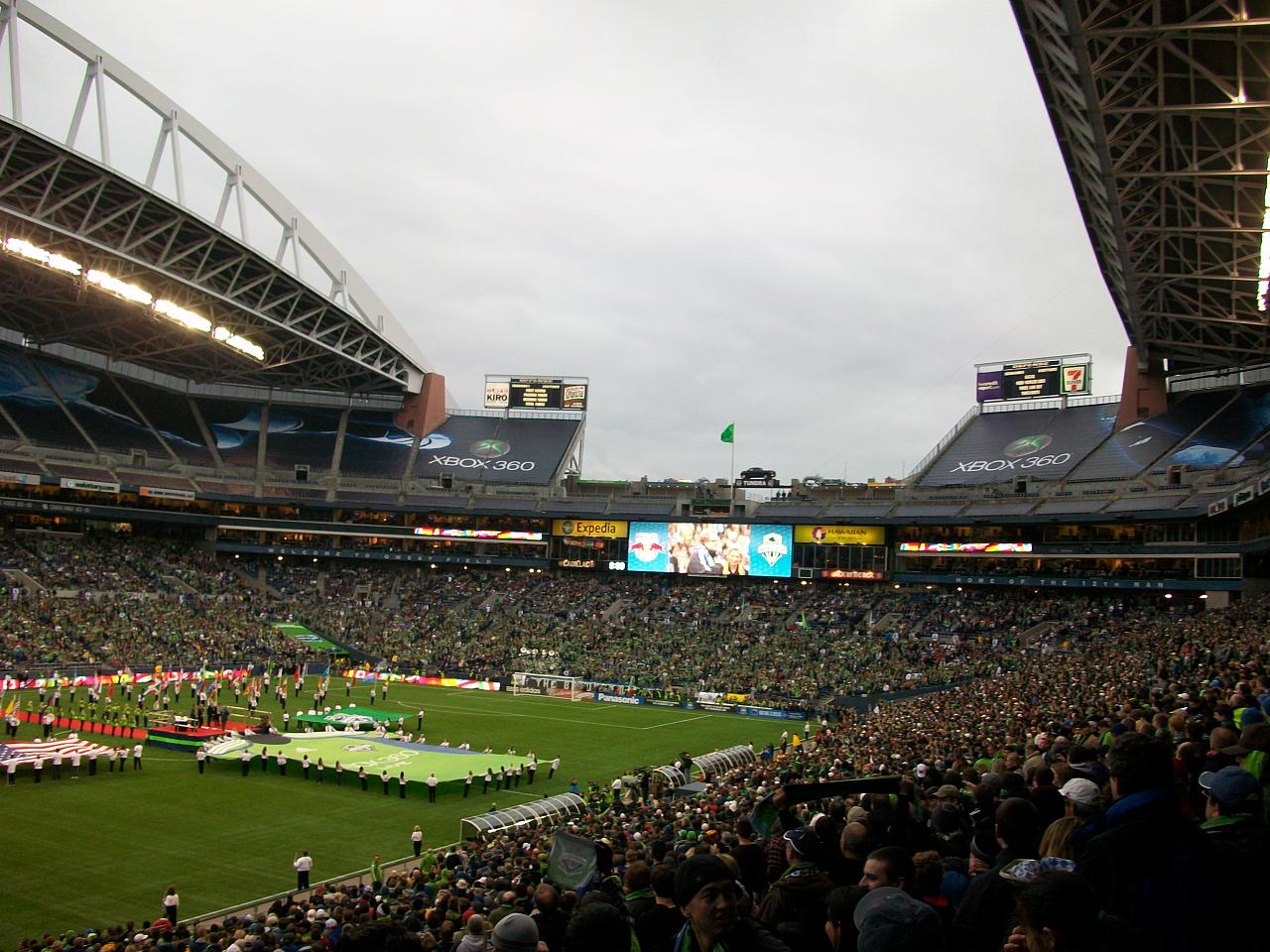
Formerly known as CenturyLink Field, Lumen Field is home to the Seattle Seahawks—and it’s earned its seismic reputation. The fans, dubbed the “12th Man,” have literally registered on local seismographs during major games, creating mini-earthquakes with their roar. The stadium’s architectural design traps sound and reflects it back onto the field, making it brutally difficult for visiting teams to communicate. Whether it’s NFL Sundays or buzzing MLS nights with the Seattle Sounders, Lumen Field is where noise becomes a tactical weapon, and fans are part of the playbook.
28. Stade Geoffroy-Guichard – Saint-Étienne’s Green Inferno
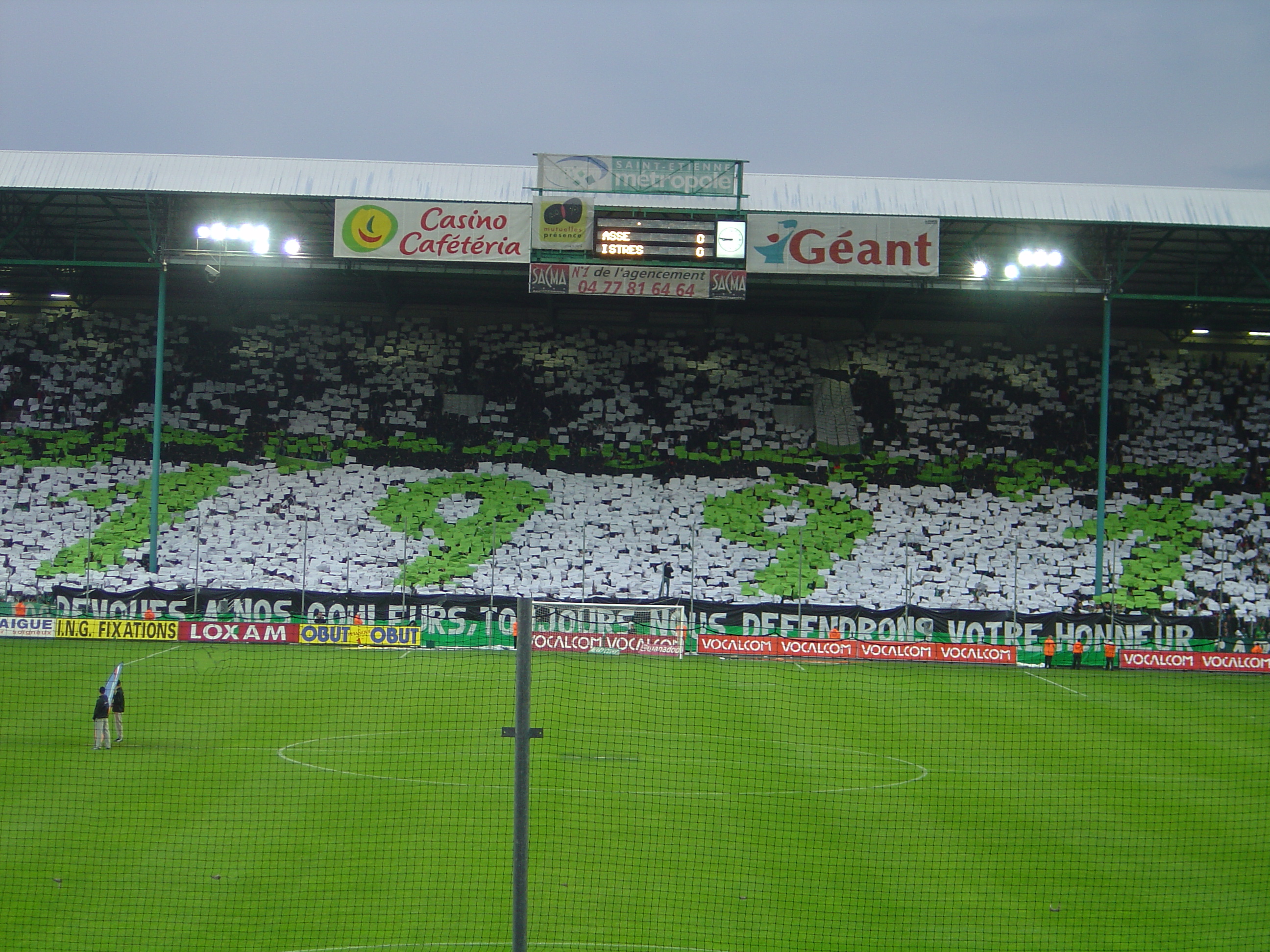
Nicknamed “Le Chaudron” (The Cauldron), Stade Geoffroy-Guichard is the spiritual heart of AS Saint-Étienne, one of France’s most historic clubs. The atmosphere here is intense and deeply rooted in working-class pride. The Kop Nord and Kop Sud stands erupt with synchronized chants, choreographies, and flares that envelop the pitch in smoke and sound. Even rivals admit: the crowd at “Le Chaudron” can rattle players and change the course of a match. It's not the biggest stadium in France, but in terms of passion per square meter, it’s among Europe’s elite.
29. Eden Gardens – The Roar of Kolkata

While not a football stadium, Eden Gardens in Kolkata deserves a mention for redefining what deafening crowd noise means—especially in the world of cricket. With a capacity of 66,000, it’s the largest stadium in India and often the loudest. During India vs. Pakistan matches, or IPL showdowns featuring the Kolkata Knight Riders, the atmosphere is electric. The chants, drums, and wave of unified cheers reverberate through the city. Many cricketers, including Sachin Tendulkar and Steve Waugh, have described the Eden Gardens roar as unlike anything they’ve experienced elsewhere.
30. Hampden Park – Glasgow’s Sonic Tradition
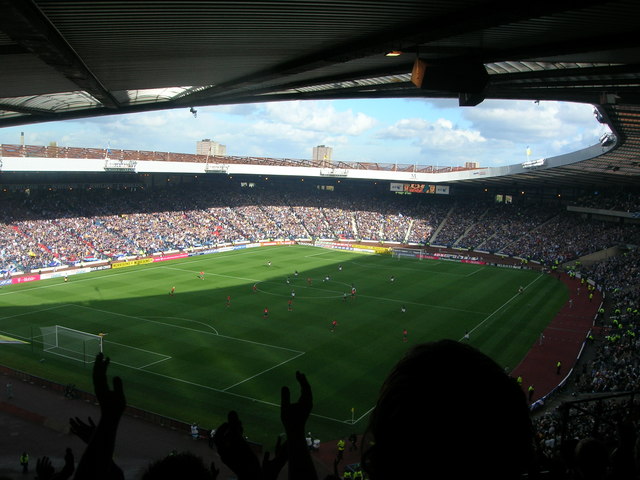
Hampden Park, Scotland’s national stadium and home to Queen’s Park FC, might not look like a cauldron—but when filled to capacity, it generates an iconic “Hampden Roar” that’s legendary in football folklore. Scottish fans are among the most passionate in Europe, and their collective voice creates a thunderous atmosphere that defies the stadium’s open design. During crucial international fixtures, the stadium pulses with pride and fire, making it one of the most vocally powerful venues in the UK. For players, it’s a battlefield of sound—and for fans, a place where heritage and heart collide.
The Soundtrack of Glory
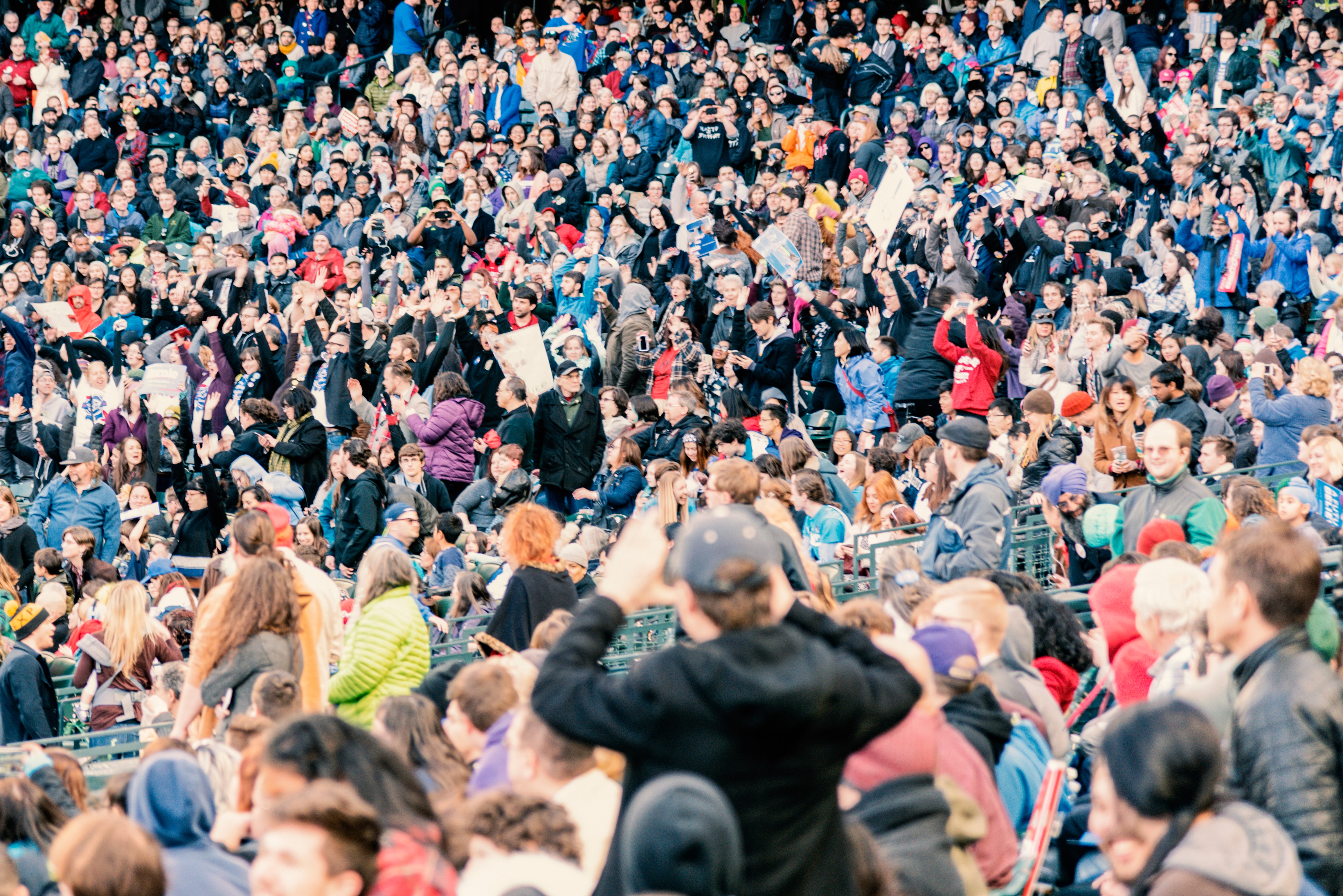
These aren’t just stadiums—they’re seismic events with seats. Across continents and cultures, these arenas prove one thing: when fans come together with passion and purpose, noise becomes more than just sound—it becomes momentum, memory, and myth. Whether it’s the relentless thunder of Celtic Park, the pulse of La Bombonera, or the explosive surge of Arrowhead, each venue reminds us that the soul of sport lives not just on the pitch but in the stands. In these places, voices become weapons, chants become tradition, and decibels define legacy. So if you’ve ever wanted to feel the spine-tingling electricity of a match that shakes the ground beneath your feet, these stadiums belong on your bucket list. Because the greatest games are not just played—they’re felt. And in these cathedrals of chaos, every roar writes a new chapter in the legend of sport.

